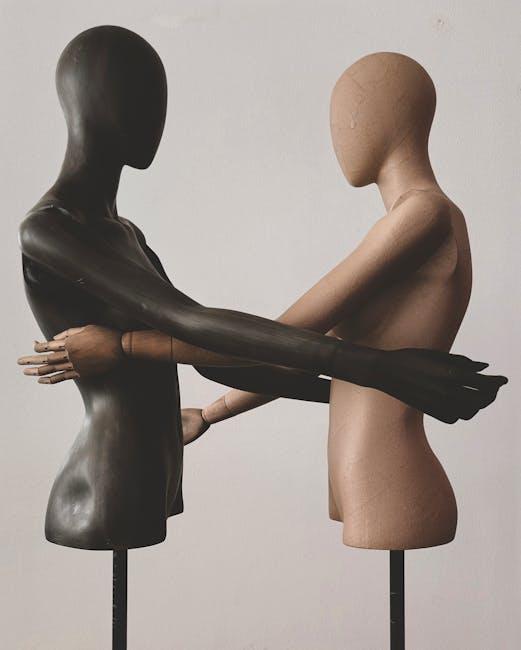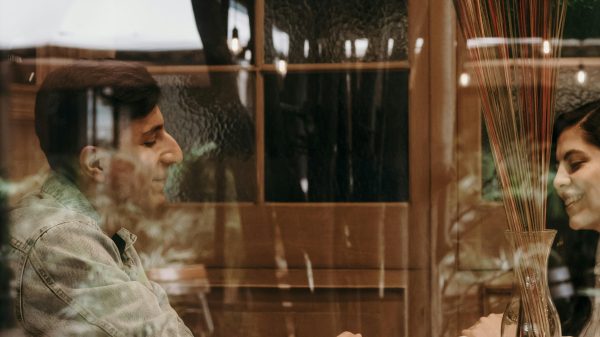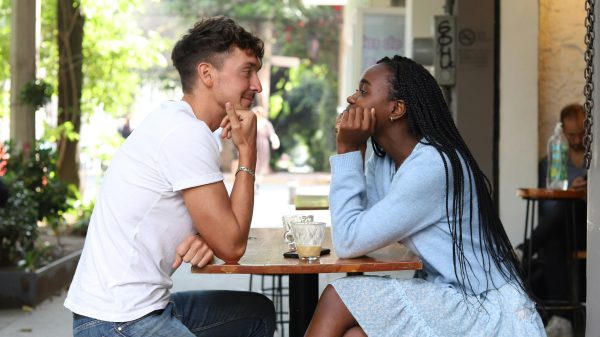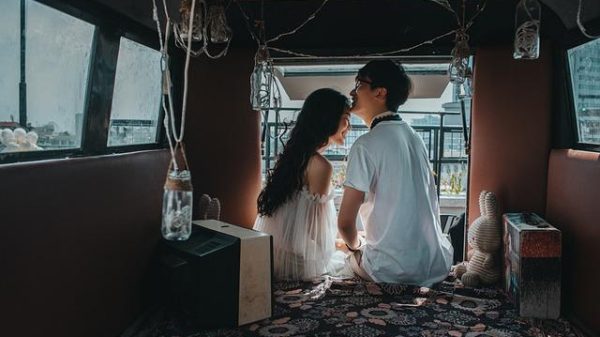Navigating the intricate dance of a first date can often feel like deciphering a foreign language. While words can express intentions and desires, much of what we communicate is unspoken, conveyed through the subtle art of body language. Understanding these silent signals can transform an evening of awkward pauses into a symphony of connection. Imagine being able to interpret the flicker of an eye, the angle of a lean, or the curl of a smile, unlocking the mysteries of your date’s unspoken thoughts. In this article, we delve into the nuanced world of body language, offering you a guide to reading the silent cues that can reveal more than words ever could. Whether you’re a seasoned dater or a nervous novice, mastering these skills can illuminate the path to understanding and connection, setting the stage for a memorable first encounter.
Deciphering the Silent Signals: Understanding Body Language Cues
On a first date, your eyes may be locked on your partner’s face, but it’s the silent language of the body that often reveals the most. A gentle tilt of the head, a slight shift in posture, or the position of hands can speak volumes. Subtle cues can offer insights into comfort levels and genuine interest. Pay attention to these non-verbal signals:
- Eye Contact: Sustained eye contact can indicate interest, while frequent glances away might suggest nervousness or distraction.
- Open Posture: Arms uncrossed and feet pointed towards you are signs of openness and engagement.
- Mirroring: If your date starts to mimic your movements, it’s a subconscious sign they feel a connection.
- Fidgeting: Excessive fidgeting might be a sign of anxiety or discomfort, whereas a calm demeanor suggests ease.
Understanding these silent signals can enhance the dating experience, offering a deeper connection beyond words. Remember, while body language is revealing, it should be interpreted in context with verbal communication to get the full picture of your date’s feelings and intentions.

Eyes Speak Volumes: Interpreting Eye Contact and Gaze
The eyes, often referred to as the windows to the soul, can convey a myriad of emotions and intentions without a single word. On a first date, the way someone uses eye contact can be a subtle yet powerful indicator of their feelings and level of interest. Here are some key points to consider:
- Direct Eye Contact: When your date maintains steady eye contact, it typically signals confidence and interest. It’s a way of saying, “I’m here, and I’m genuinely engaged in this moment with you.”
- Frequent Glances: Quick, repeated glances can indicate nervousness or attraction. This type of gaze suggests curiosity and a desire to connect, even if they are too shy to hold prolonged eye contact.
- Averted Eyes: If your date often looks away or avoids eye contact, it might be a sign of discomfort or disinterest. However, it can also indicate shyness, so it’s important to consider other body language cues in context.
- Sustained Gaze: A lingering gaze, particularly when paired with a soft smile, can be a powerful sign of attraction. It indicates that the person is fully absorbed in the interaction and wants to create a deeper connection.
Understanding these nuances can help you gauge the emotional atmosphere of your date and adjust your own responses accordingly. Remember, while eyes can speak volumes, they are part of a broader symphony of body language that includes gestures, posture, and tone of voice.

The Dance of Hands: What Gestures Reveal About Interest
Hands are storytellers, and on a first date, they can narrate a tale of curiosity and engagement without uttering a single word. Open palms resting comfortably on the table or in one’s lap suggest openness and a willingness to connect. This subtle signal can be a positive indicator of interest, showing that the person is receptive and eager to share their own stories. Conversely, if their hands are tightly clenched or hidden away, it might hint at discomfort or reluctance.
- Gestures towards you: When someone’s hands naturally move in your direction, it often means they are drawing you into their world, signaling a genuine interest in the conversation.
- Touching their face: Lightly touching the face or playing with hair might suggest nervousness or self-consciousness, but it can also indicate that they are keen on making a good impression.
- Fidgeting: While excessive fidgeting might imply anxiety, slight movements, like tapping fingers, could simply reflect excitement and anticipation.
Paying attention to these hand movements can enhance your understanding of the unspoken dynamics at play, helping you navigate the intricate dance of a first date with greater insight.

Posture and Proximity: Reading the Space Between
When you’re on a first date, understanding the subtle cues of body language can help you gauge the other person’s comfort and interest level. Posture is a significant indicator of openness and engagement. An upright and relaxed posture often signals attentiveness and confidence, while crossed arms or a slouched position might suggest discomfort or disinterest. Notice how your date positions themselves in relation to you; are they leaning in, indicating curiosity and eagerness, or are they leaning back, perhaps indicating a need for personal space?
Equally important is proximity. The distance your date maintains can reveal much about their level of comfort. Consider the following:
- Close proximity: Indicates comfort and a desire for connection. This is often seen when someone feels at ease and interested in the interaction.
- Moderate distance: Suggests a balanced interest, maintaining a respectful space while still being engaged.
- Greater distance: Can be a sign of discomfort or a need for more personal space, possibly hinting at a level of uncertainty or hesitation.
Observing these non-verbal cues can enrich your understanding of the date’s dynamics, allowing for a more intuitive and responsive interaction.








